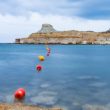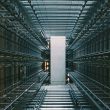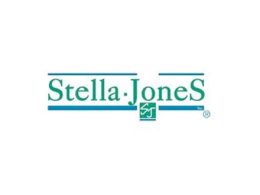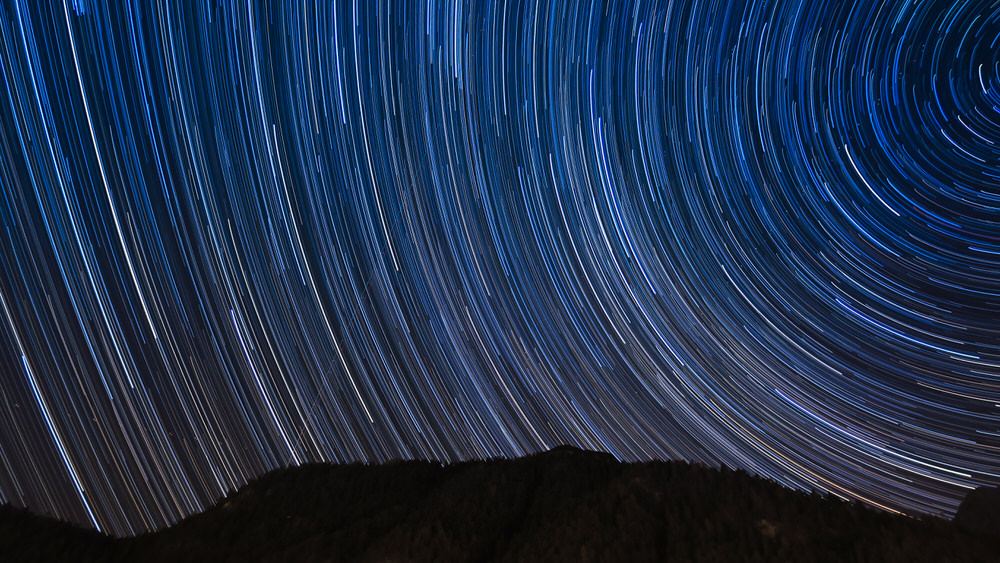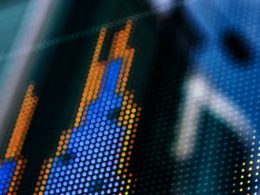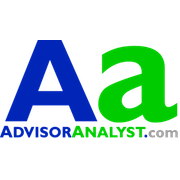The most dangerous investments are the ones everyone believes are safe. Today, the largest passive funds in the world are sleepwalking into a market structure that is actively eroding investor security. The surge into passive ETFs has reached historic proportions, and the risks are being ignored—until they can’t be.
Francisco Rodriguez, Analyst and Portfolio Manager at Brinker Capital Investments, calls it plainly: "A crowded trade is defined as a position characterized by a high concentration of institutional investors relative to the underlying liquidity." In other words, when too many dollars chase too few stocks, liquidity evaporates at the exact moment it is needed most.1
This isn’t speculation; it’s happening right now. Morningstar reports that passive ETFs absorbed $800 billion in inflows in 2024 alone, while active funds hemorrhaged assets. The consequences are clear: capital is flooding into the largest stocks, rewarding past performance rather than future potential. According to Rodriguez, 31.3% of the S&P 500 is now concentrated in just seven stocks, and when adjusted for beta exposure, that number surges to 44.7%. The message is clear—diversification is a mirage.
Leadership in Investing Means Seeing the Unseen
True investment leaders don’t follow the crowd—they get ahead of the next paradigm shift. Right now, passive investing has become the trade, not just a tool. "Market-cap-weighted equity index funds... inherently increase their exposure to stocks that have appreciated in price while reducing exposure to those that have declined," warns Rodriguez. This is how asset bubbles form—not from conscious speculation, but from structural inefficiencies baked into the system.
What happens when the liquidity tide turns? We've seen this before—the Dot-Com crash, the Great Financial Crisis, and now, a market where index inclusion alone determines success. "This creates an additional layer of inefficiency for investors, as they often end up holding portfolios that are overweight stocks that have already appreciated significantly," Rodriguez cautions.
If passive funds are the foundation of modern portfolios, then the cracks in that foundation demand our attention. A market that systematically devalues price discovery is a market that will eventually correct with force.
The Time to Act is Now
Waiting for the inevitable correction is not a strategy. Smart investors are already taking action—repositioning their portfolios to avoid the herd mentality. The solution? Diversity beyond market-cap weighting. Rodriguez lays out the playbook: "Investors should consider diversification strategies that go beyond traditional market-cap-weighted approaches," including allocating to active managers, liquid alternatives, and international equities.
Let’s be clear: this is not about abandoning ETFs or passive strategies. It’s about leading the way in risk-aware allocation. It's about taking a step back and asking the critical question: Are we investing for long-term growth, or are we just riding momentum until it collapses?
This is a call to action for investment professionals. Now is the time to lead. Now is the time to reexamine strategies. Now is the time to secure real diversification before the crowded trade collapses.
The market does not reward complacency. Those who act today will be the ones defining tomorrow’s investment landscape. Will you be among them?
Footnote:
1 Investments, Brinker Capital. "Lost in the Crowd." ETF Trends, 21 Feb. 2025, www.etftrends.com/etf-strategist-channel/lost-in-the-crowd.

